铁路行业在欧洲日的胜利75周年中汇集在一起,谢谢你在第二次世界大战期间服务和牺牲的每个人。
The railway played a crucial role during the conflict, including transporting evacuees to safety, moving essential goods around Britain and sending trains to pick up many of the more than 338,000 troops rescued from Dunkirk.
Evacuations
在战争爆发后,在1939年9月的第一周,第一阵儿童和弱势成年人的疏散浪潮发生在战争之后。
所有四大铁路公司 - 伟大的西部铁路(GWR),伦敦,米德兰和苏格兰铁路(LMS),伦敦和东北铁路(LNER)以及南部铁路(SR) - 参与其中。
据国家铁路博物馆(NRM)表示,在英国,3,823名特殊火车送达1,334,360名儿童学童和一些成年人,该学童在1939年9月1日至4日撤离,而在预定的服务之外,在预定的服务之上达到了。
与此同时,逃离纳粹迫害的10,000名犹太儿童抵达1938年至1939年间伦敦利物浦街站。今天,车站的雕像纪念KinderTransport使命。
Dunkirk
The railways played a huge part in the evacuation of Dunkirk in May and June 1940, when more than 338,000 Allied troops were rescued from the shoes of northern France.
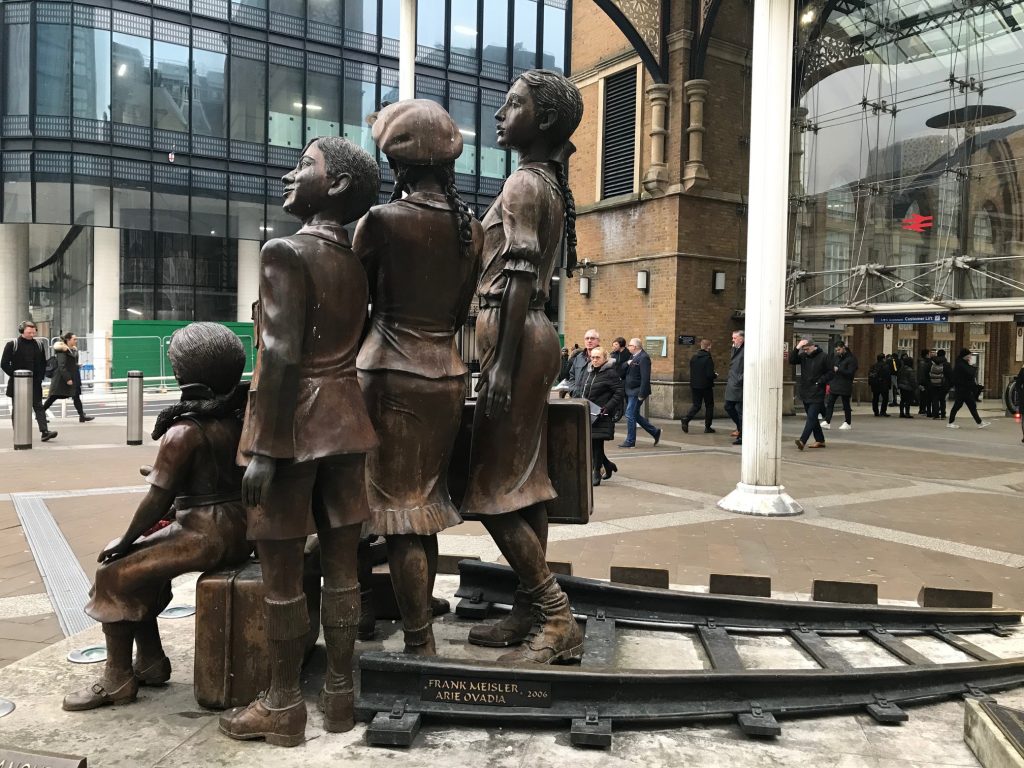
The operation was effectively carried out blind, according to NRM, because they were unable to accurately gauge the number of troops arriving in England or the rate of the landings at particular piers or docks.
As a result, the railway operation remained as flexible as possible so trains could respond as needed. On 27 May 1940, 186 trains of coaches from all railway companies were created and sent to the ports, loaded with troops and sent to reporting points to obtain directions to the final destinations.
A total of 620 trains moved more than 319,000 troops from their landing points to locations all over the country. NRM said the industry achieved this while moving government traffic and carrying out further evacuations of children. On 6 June 1940, troops were evacuated from other parts of France to the South West of England, requiring another 200 trains.
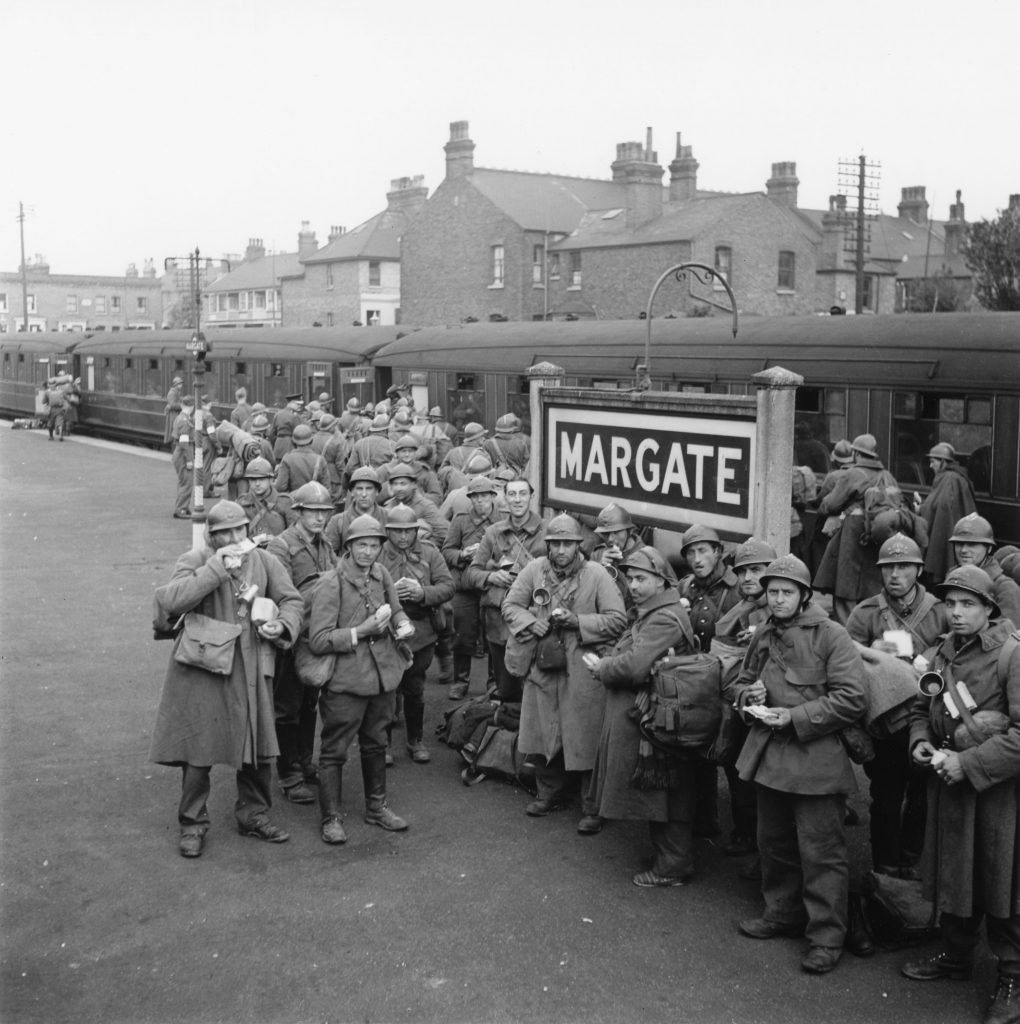
D-Day.
Railway restaurant cars were withdrawn from service on 5 April 1944 as part of the build-up to Operation Overlord (D-Day), the Allied invasion of Europe, for the rest of the war. By the end of May 1944, 264,000 train miles were cut from the timetables as the tracks were cleared for Overlord. Overcrowding on services remained until restrictions were relaxed that October, according to NRM.
在D-Day,乘客将习惯于与旅程有关的战争中断。例如,铁路货运活动显着增长。根据贸易机构铁路交付集团的说法,仅在1939年,铁路在英国迁移了超过25400万吨的商品和超过9000万包裹。
Huge increase in the railway's female workforce
Just like in WWI, the number of women working on the railway rose substantially during WWII. By the end of WWII, the number of women in railway jobs had increased from 635 in 1939 to 10,899 in 1945, according to RDG.
1914年世界自由署开头的铁路上曾在铁路上致力于铁路,大多是在国内工作,如清洁,洗涤和女服务员。随着10万人入伍,女性介入填补基本职能。
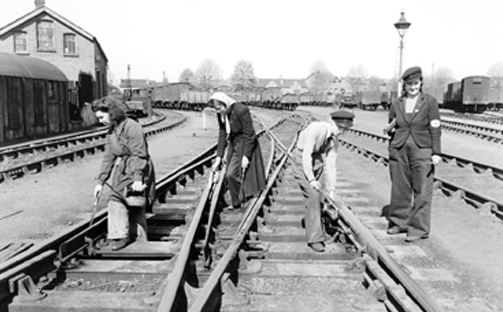
More than 1.6 million women took on traditionally male jobs, with more than 100,000 working in various forms of transport, particularly as engineers.
Air raid shelters
Perhaps one of the most famous stories of the railway during WWII is its role in providing shelter and food for servicemen and civilians.
The most striking drawings in the Network Rail archive include this plan for an air raid shelter atLondon Waterloo station:
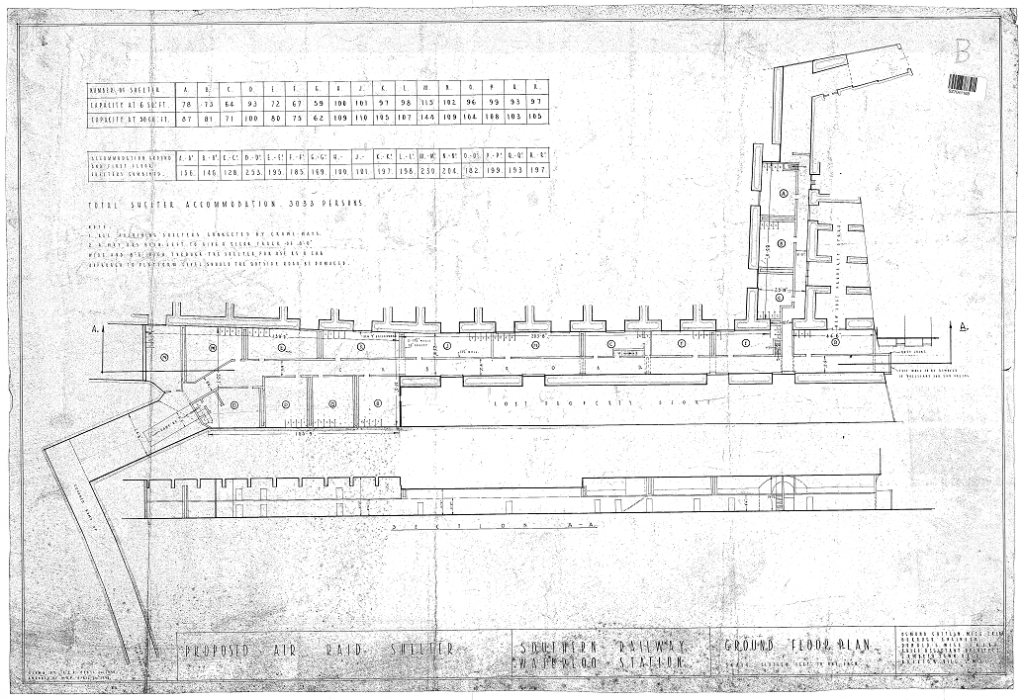
1939年,London Bridge stationplanned a dedicated canteen for servicemen:
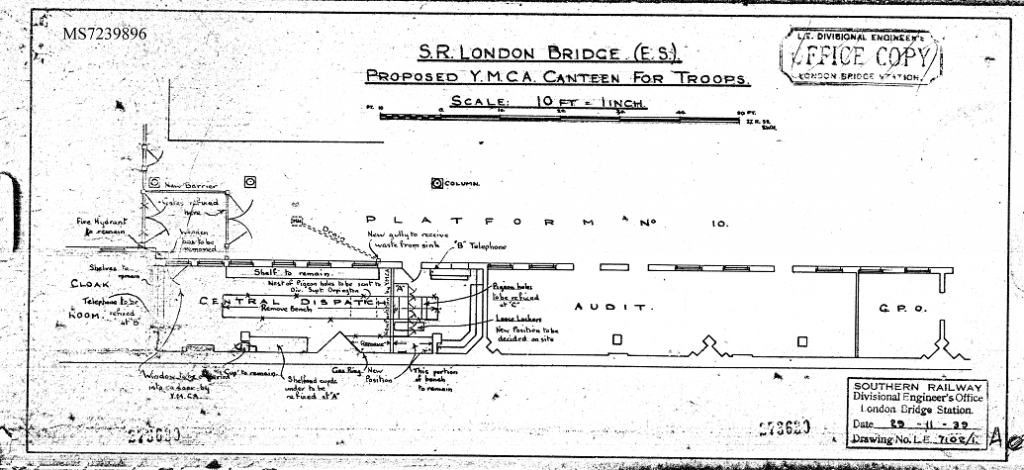
阅读更多:
Supporting the Poppy Appeal and armed forces

